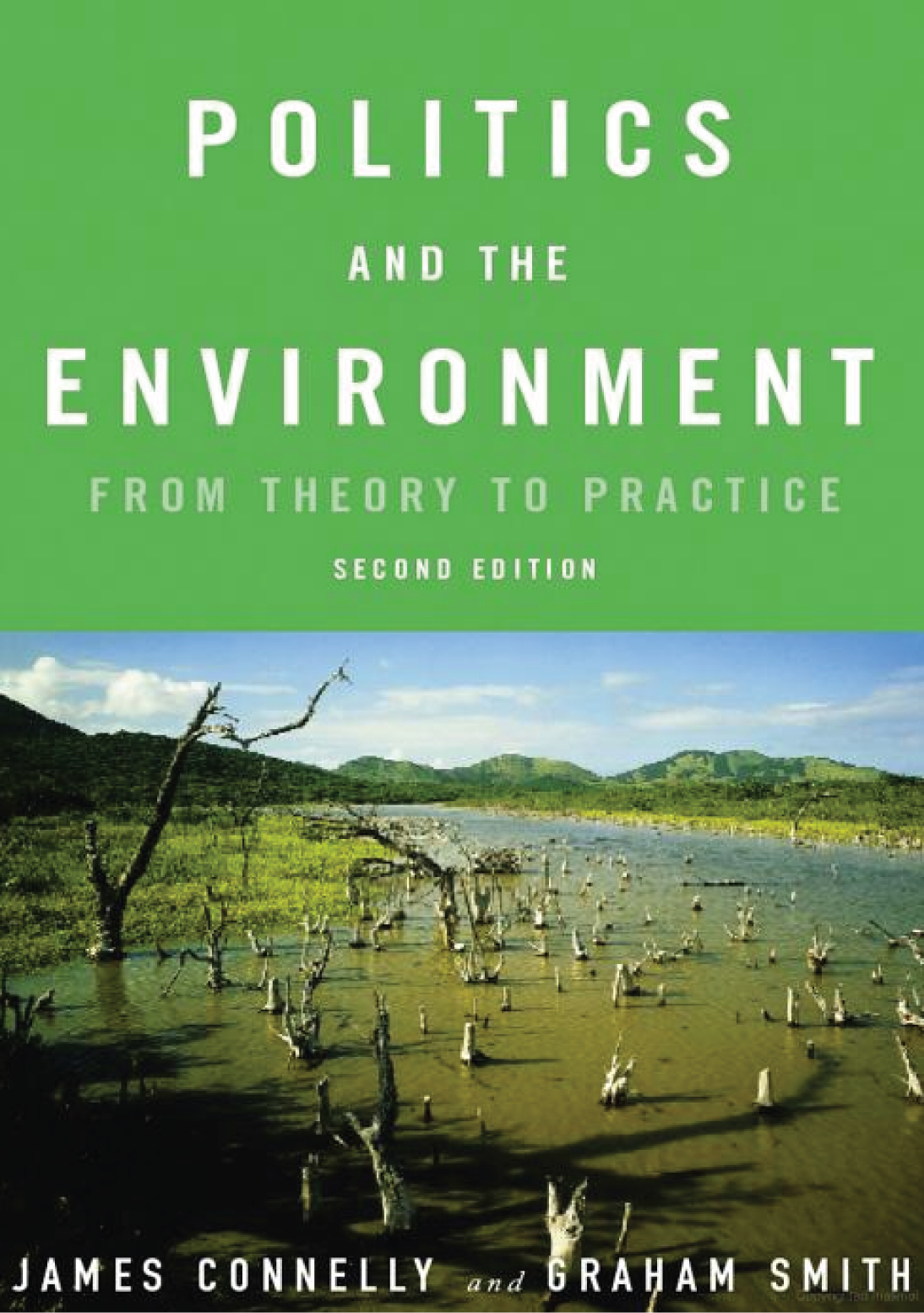Follow @aubreygci Tweet
It is a great pleasure to write in support of your Contraction and Convergence proposal to the UNFCCC. As a teacher and author on environmental ethics and politics I am convinced that C and C represents a real and important and principled way forward on the urgent and pressing issue of climate change and I wholeheartedly endorse your campaign
Yours sincerely
James
James Connelly
Professor of Politics
Department of Politics and International Studies
University of Hull
Cottingham Road
Hull HU6 7RX
Director of the Institute of Applied Ethics
Director of Centre for Idealism and New Liberalism
In 2000 the Royal Commission on Environmental Pollution [RCEP] famously called for a 60 per cent reduction in carbon dioxide emissions by 2050, based on the principle of contraction and convergence. In doing so it paved the way for the 80 per cent target now enshrined in legislation. This illustrates France's bid for cognitive leadership by promoting an argument for policy norms based on fairness. The French approach bears similarities to the 'contraction and convergence' model promoted by Meyer (2000), which views the atmosphere as a global commons and distributes national responsibilities on the basis of international and intergenerational equity. In addition, China and the developing world have a normative preference for the 'contraction and convergence' model.
Meyer, A (2000) “Contraction and Convergence - The Global Solution to Climate Change” Green Books
The European Union as a Leader in International Climate Change Politics
Rüdiger Wurzel (Editor), James Connelly (Editor)
The Global Commons Institute has developed a plan Contraction and Convergence: contraction of overall emissions and convergence of Northern and Southern emissions. The proposal is in many ways a return to and development of the principles of the original UNFCCC is built on the recognition of differential responsibility and embraces two principles: first that every person in the world should have (in the long run) an equal emission quota; and second, that all emissions quotas would be marketable – but only within a stringent global emissions limit. In other words, global tradable permits are proposed, but not as a way of relieving individual countries of their responsibilities. Rich countries who wish to to continue with more than their share will have to pay for the privilege, thereby generating resources for countries who need them. The C&C approach counters the US approach which has rejected stringent emissions limits and opposed the adoption of per capita emissions quotas. It has been adopted as a policy goal by India China and many African countries; although it is not yet official policy it has been approved by the Parliament (Layton 2001).
Politics and the Environment: From Theory to Practice (Second Edition)
James Connelly, Graham Smith, Claire Saunders and David Benson



